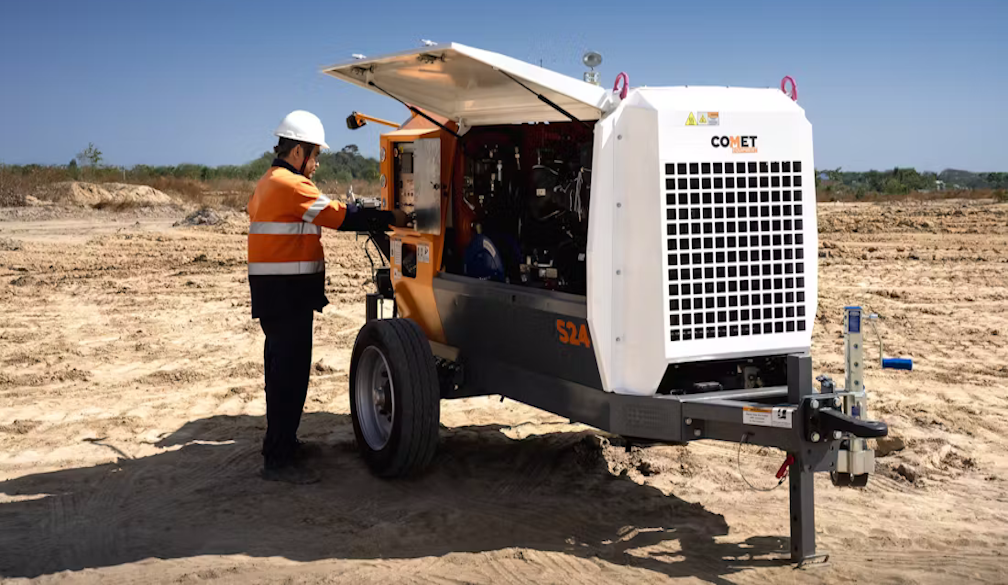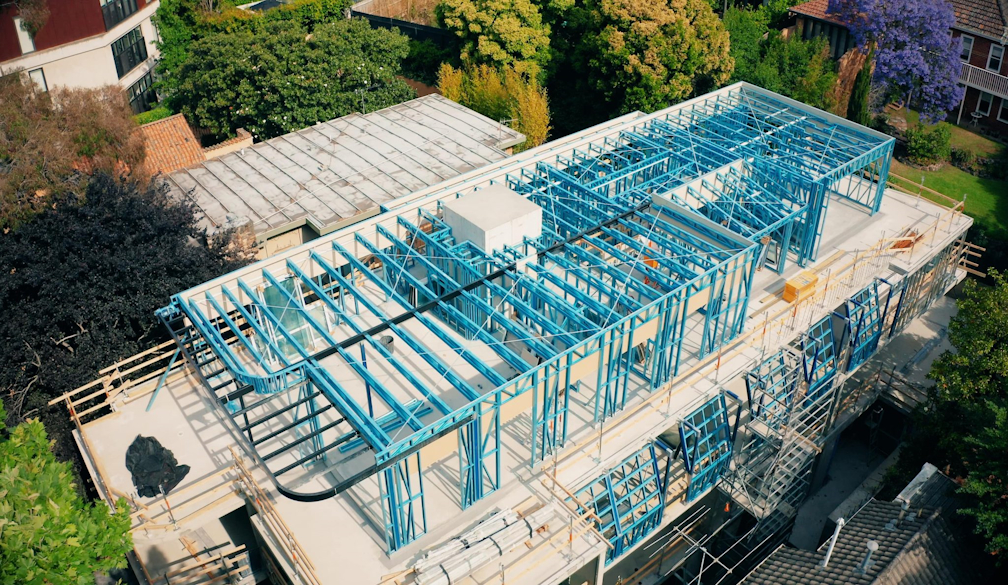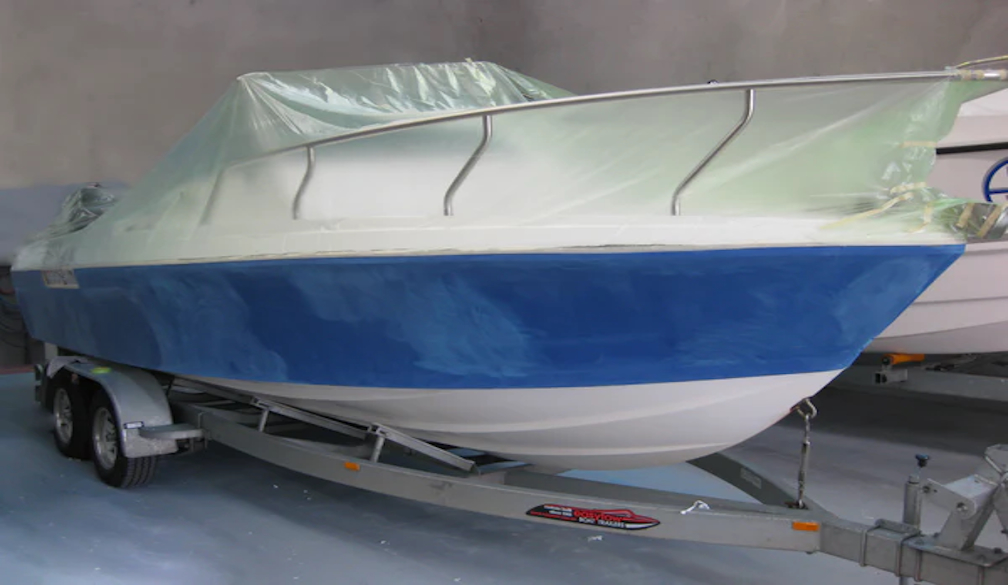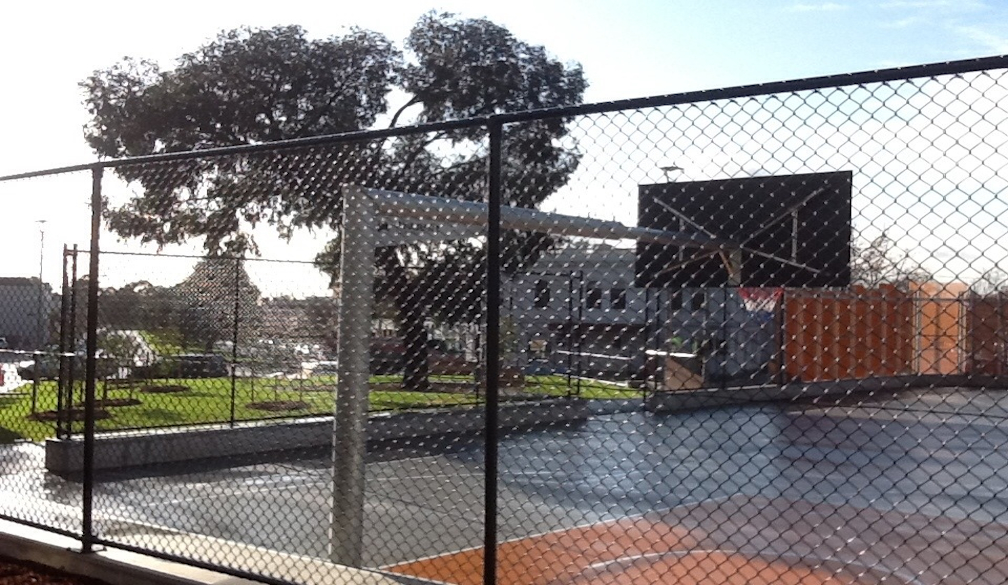5 Types of Scissor Lifts and Their Applications
- Written by The Southern Cross
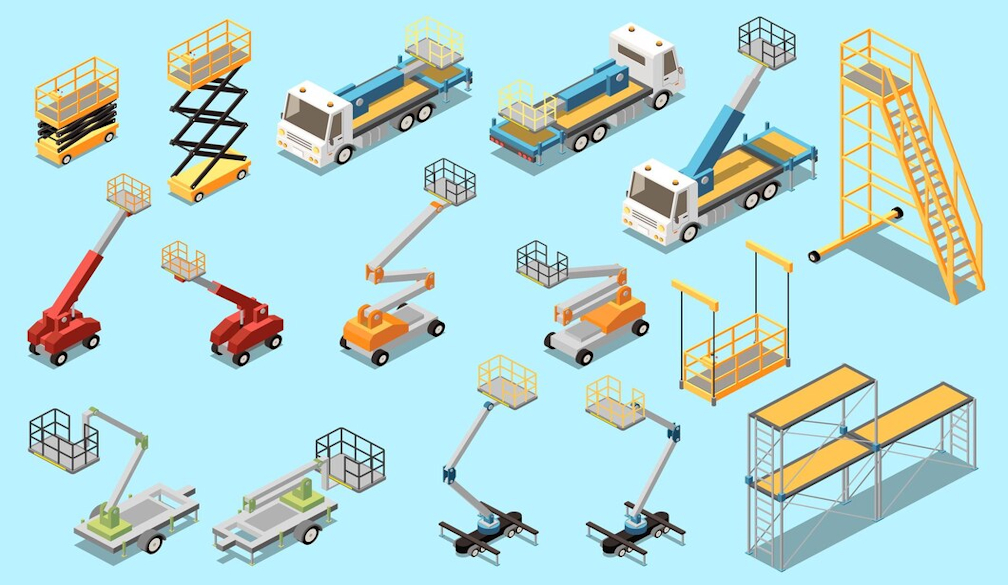
Scissor lifts are essential pieces of equipment in various industries, offering a safe and efficient way to elevate workers and materials to desired heights. Understanding the different types of scissor lifts and their applications can help businesses select the right equipment for their needs. Here, we explore five common types of scissor lifts and their primary uses.
1. Hydraulic Scissor Lifts
Description
Hydraulic scissor lifts use a system of hydraulic cylinders and a fluid-driven mechanism to elevate the platform. They are known for their simplicity and reliability.
Applications
Hydraulic scissor lifts are versatile and can be used in various environments, including:
- Construction Sites: For elevating workers to different building heights.
- Maintenance Tasks: Ideal for indoor and outdoor maintenance, such as lighting and HVAC repairs.
- Warehousing: Useful for reaching high shelves and transporting heavy materials.
Advantages
- Durability: Designed to withstand heavy loads and rigorous use.
- Ease of Use: Simple controls make them user-friendly.
Considerations
- Speed: Slower compared to electric lifts due to the nature of hydraulic fluid movement.
- Temperature Sensitivity: Performance can be affected by extreme temperatures.
2. Electric Scissor Lifts
Description
Electric scissor lifts are powered by electric motors, offering a quieter and more environmentally friendly option compared to their hydraulic counterparts.
Applications
These lifts are particularly suited for indoor use, including:
- Retail: For stocking shelves and organising displays.
- Warehouses: For picking and placing items in storage areas.
- Facility Management: Perfect for indoor maintenance and repair tasks.
Advantages
- Quiet Operation: Ideal for noise-sensitive environments.
- Zero Emissions: Suitable for indoor use without ventilation concerns.
Considerations
- Battery Life: Requires charging, limiting continuous operation time.
- Lower Weight Capacity: Typically supports lighter loads than hydraulic lifts.
3. Rough Terrain Scissor Lifts
Description
Designed for outdoor use, rough terrain scissor lifts feature robust tires, enhanced power, and a sturdy structure to navigate uneven surfaces.
Applications
These lifts are indispensable in outdoor and rugged settings such as:
- Construction Sites: Navigating and working on uneven ground.
- Agriculture: Accessing tall equipment and structures in fields.
- Outdoor Events: Setting up lighting and audio equipment.
Advantages
- Stability: Enhanced stability on rough terrain.
- Power: Stronger engines to handle challenging environments.
Considerations
- Size: Larger and heavier, requiring more space for operation and storage.
- Cost: Higher initial investment and maintenance costs.
4. Diesel Scissor Lifts
Description
Diesel scissor lifts are powered by diesel engines, making them powerful and suitable for heavy-duty applications.
Applications
Primarily used in outdoor settings, including:
- Large-Scale Construction Projects: Where robust power and reliability are essential.
- Industrial Sites: For maintenance and operations in large industrial areas.
- Infrastructure Projects: Such as bridges and roadworks.
Advantages
- Power: High lifting capacity and extended operation time.
- Durability: Built to withstand tough working conditions.
Considerations
- Emissions: Not suitable for indoor use due to diesel exhaust.
- Noise: Louder operation compared to electric lifts.
5. Pneumatic Scissor Lifts
Description
Pneumatic scissor lifts use air pressure for lifting, eliminating the need for hydraulic fluids or electricity.
Applications
Suitable for environmentally sensitive areas, including:
- Clean Rooms: Where contamination must be minimised.
- Food and Beverage Industry: For operations in hygienic environments.
- Manufacturing: Particularly in clean manufacturing processes.
Advantages
- Eco-Friendly: No hydraulic fluids, reducing the risk of spills and contamination.
- Low Maintenance: Fewer components prone to wear and tear.
Considerations
- Lifting Capacity: Generally lower than hydraulic and diesel lifts.
- Speed and Efficiency: May be slower and less efficient for heavy-duty tasks.
Finding a Scissor Lift for Sale
When looking for a scissor lift for sale, consider factors such as the type of lift, the environment it will be used in, and the specific tasks it needs to perform. Reliable suppliers and manufacturers offer various models to fit different needs and budgets, ensuring that businesses can find the perfect scissor lift for their operational requirements. Online marketplaces, equipment dealers, and auctions are excellent places to start your search for a scissor lift for sale.
Conclusion
Understanding the different types of scissor lifts and their applications helps in making an informed decision about the best equipment for your needs. Whether for indoor use, rough terrain, or environmentally sensitive areas, there is a scissor lift designed to meet those specific challenges.



